10 Tips for Hanging Art in Your Home
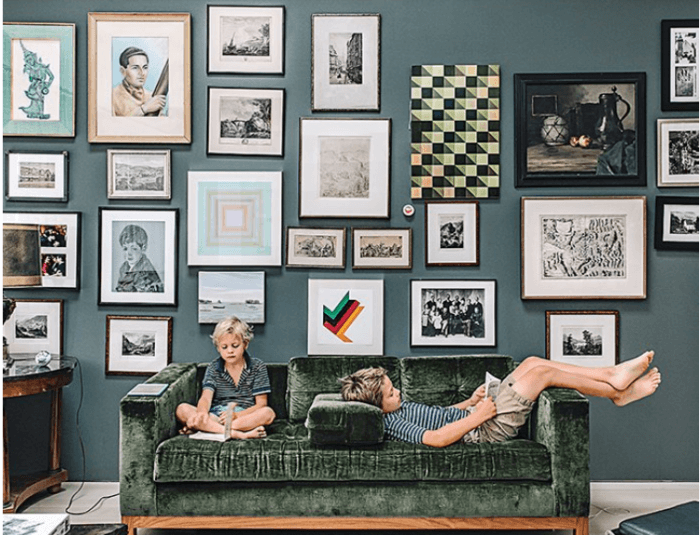
By Jennifer Baum Lagdameo and Paige Alexus
Hanging art on your walls doesn’t have to be a stressful experience—instead, it should be a fun and inspiring creative challenge.
Most importantly, remember that this is your chance to get creative—so don’t be afraid to let your personality shine through the decisions you make.
1. Take the chance to show off everything you love—and we mean anything
You don’t have to stick to any specific rules or regulations when you’re deciding what to hang on your wall. This should be your time to express yourself and your family. So, you can go as elaborate or simple as you want and can hang anything from one single painting to 25 family photos, art projects, or sculptural objects. Just because something isn’t technically meant to be hung, doesn’t mean that it can’t make an inventive addition to an art wall. Just add a hook or some Command mounting strips and you’re set.

Photo: Mark Mahaney
2. Make sure your art fits your particular space
We all know that it’s not always so simple to find a completely blank wall that’s waiting to be outfitted, especially if you live in a small space. When you’re surveying the land (so to speak), consider what spaces you’re working with and how your art would fit into those areas—making sure to consider if you’ll need that wall for something else in the near future.

Photo: Mark Seelen
3. Go for a gallery wall
Create a story to tell. The arrangement doesn’t have to be centered and you don’t have to follow any type of official grid. Be bold and use an odd number of works, mix photos with drawings and paintings, mix and match picture frames, and even toss your favorite clock or mirror in there. One technique is to place the largest piece of art in the center (or slightly off-center) and go from there. Another pro-tip is to lay your art out on the floor first to see how it will look arranged on your wall. You can also test your plans by arranging sheets of paper on the wall with painter’s tape before you actually commit to the placement.

Hotel Alexandra
4. Hang art in a straight line or a grid
If you’re the kind of person who needs to be organized and minimal, that’s fine too! Go ahead and embrace symmetry, making sure to use a level so that the pieces are perfectly even. You can even use an app on your phone to make sure you’re hanging them straight.
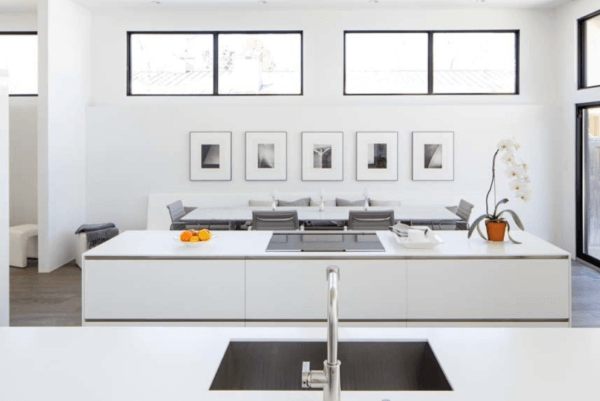
Modern in Denver Magazine
5. Hang art at eye level
Follow the gallery model and hang art at eye level. Think of your wall as if it’s divided into four horizontal sections (from the floor to the ceiling). Hang your art in the third section (from the floor). If you’re hanging art above a sofa, the golden rule is to hang it one-hand’s width above the sofa. There’s some wiggle room here, but always be careful not to hang your art too high.

6. Turn your wall into your child’s personal art gallery
Your walls can be a creative indicator of where you are in your life and will most likely change drastically over the years. If you have kids that love to draw, paint, or craft, designate a particular wall in your home that shows off their work. It will give them a sense of accomplishment that’s priceless.
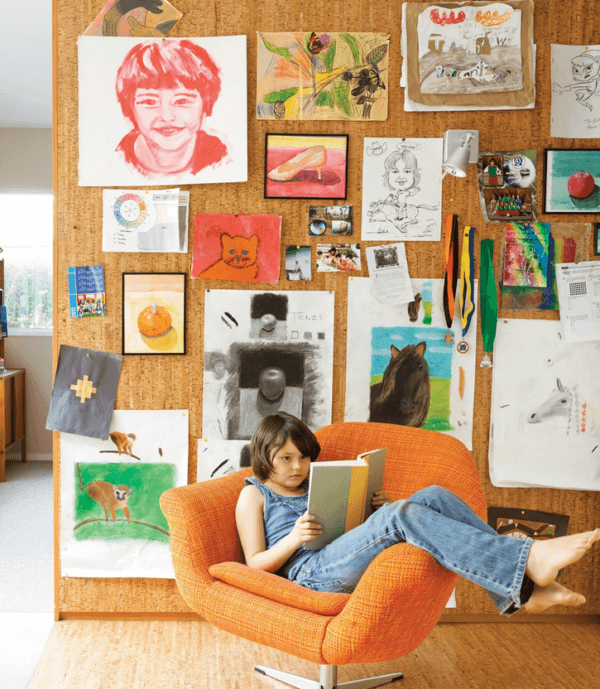
Photo: Lisa Romerein
7. Incorporate functional elements into your art wall
Your walls don’t have to be just be a place for featuring traditional art. These days, there are plenty of modern wall products that have multifunctional uses as storage, hooks, or organizational tools—while looking great and working hard at the same time.

Photo: Petra Bindel
8. Consider using lighting as art
Interesting lighting provides another way to introduce an artful arrangement on your wall. Many companies are creating sconces and other types of lights that illuminate a space while also adding some interesting geometry and texture. Bocci’s “14” sconces cover the wall of this bedroom, creating an ethereal, cozy effect.

Photo: Jason Schmidt
9. Consider your background
While many people have white walls that can easily complement almost any piece of art, a painted or textured backdrop can either make an artwork pop or drown it. If your walls are painted or lined with wood, make sure the colors and tones work well together, as they can make or break your display. In this example below, a Richard Barnes photo pops against a gray Venetian plaster wall.
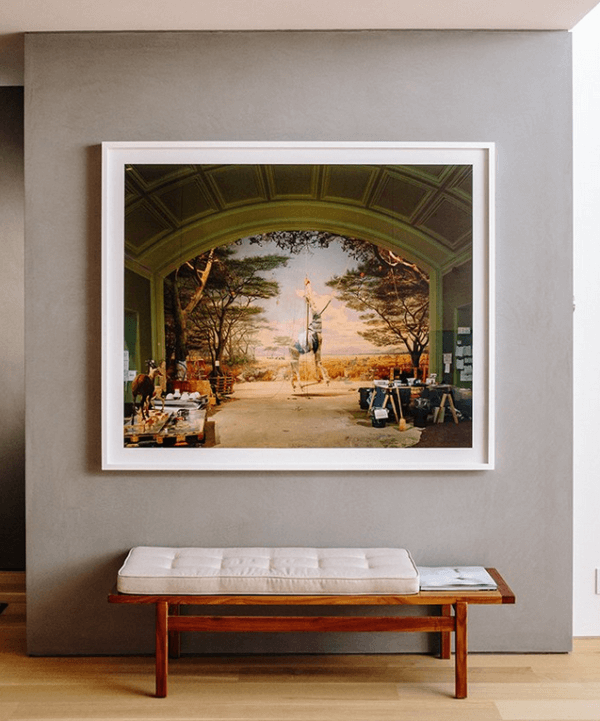
Photo: Brian Flaherty
10. You don’t have to hang everything
Keep in mind that you don’t always have to put holes in your walls for every piece of art. Framed art can be arranged elegantly on a shelf, a counter, or even on the floor for a crisp modern look and a less formal display.
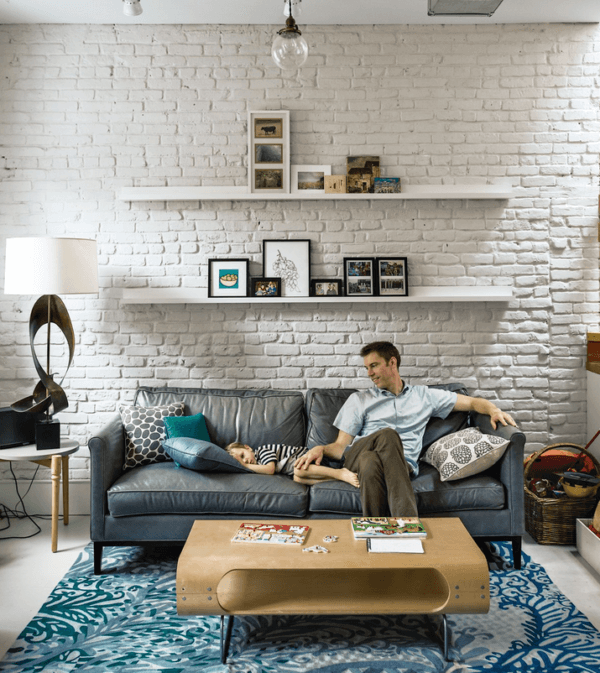
Photo: Matthew Williams
Original article: The Province
Read original aricle here.
